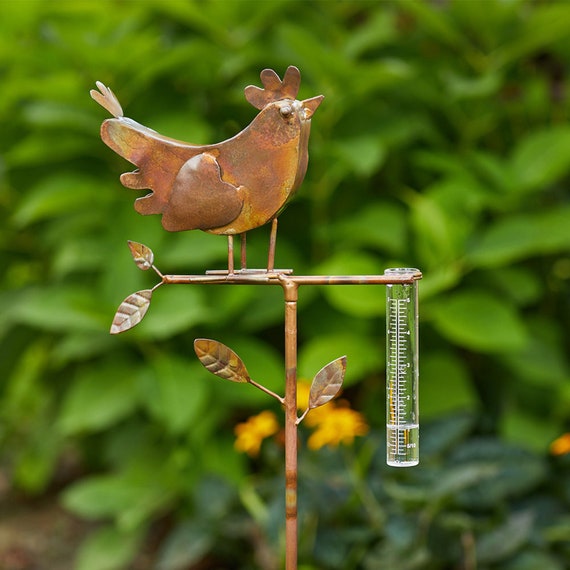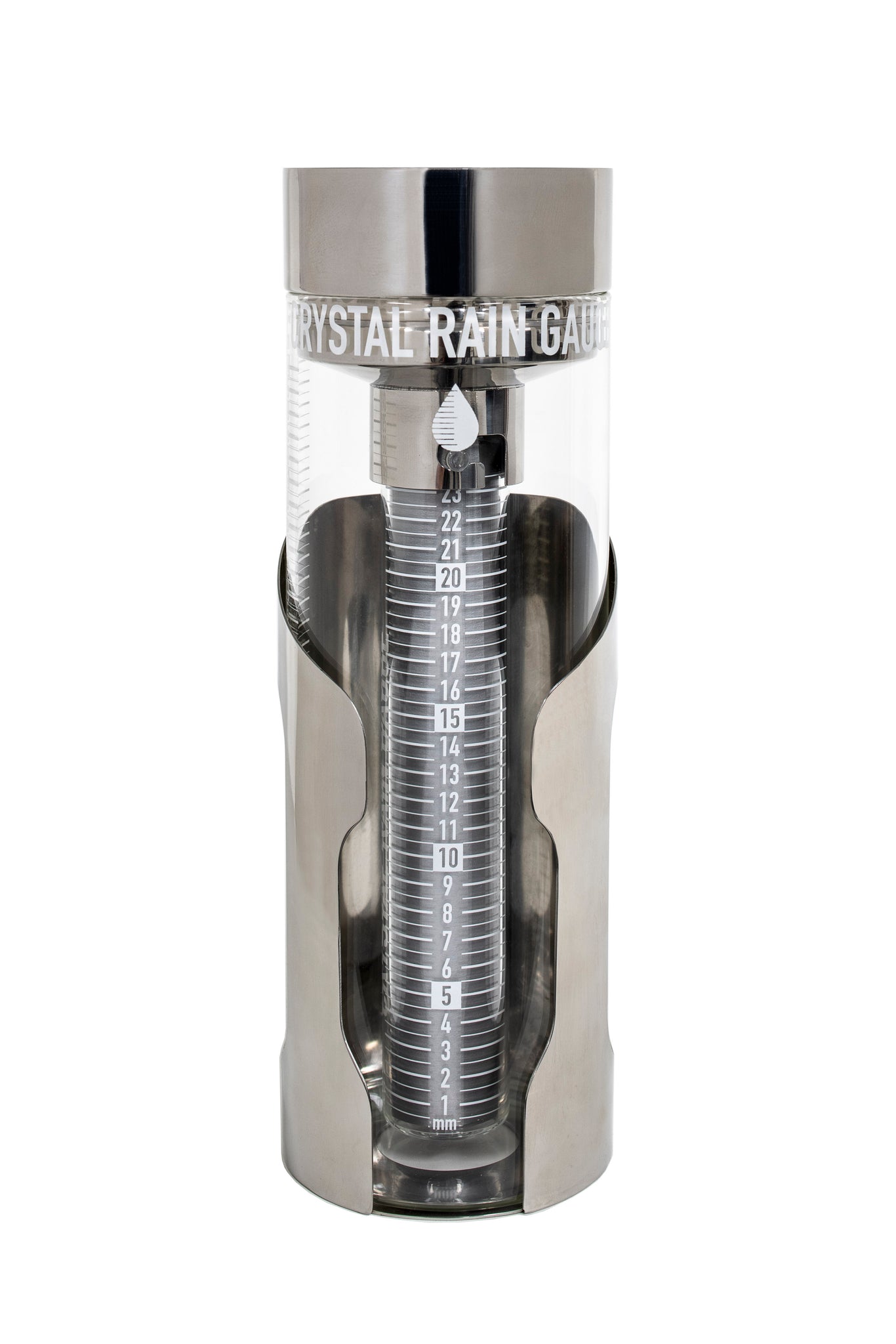Specialist Tips for Using a Rain Gauge to Monitor Resident Weather Issues
Specialist Tips for Using a Rain Gauge to Monitor Resident Weather Issues
Blog Article
Unveiling the Science Behind Rainfall Gauges: Exactly How These Gadgets Play a Crucial Function in Environment Research Study and Ecological Monitoring
Rain evaluates, relatively easy devices, hold an extensive relevance in the world of environment study and ecological monitoring. These simple tools quietly gather among nature's most important aspects-- rains. Behind their plain exterior exists a complicated scientific research that is essential for comprehending the dynamics of our atmosphere. As we peel off back the layers of this clinical veil surrounding rainfall determines, we uncover a world where accuracy, data accuracy, and thorough monitoring converge to introduce a much deeper understanding of our altering environment and its effect on the earth.
Importance of Rainfall Gauges
Rain assesses play an important duty in surveillance and gauging rainfall levels, giving crucial information for climate research study and evaluation. These gadgets are fundamental in evaluating the amount of rainfall that happens in a particular area over a particular duration. By determining and accumulating rainwater, rainfall determines offer valuable understandings into the circulation and intensity of rainfall, assisting meteorologists, hydrologists, and climatologists in comprehending weather patterns and fads.
Additionally, lasting data collected from rain gauges aids in analyzing environment adjustment influences and patterns, adding significantly to scientific research study and decision-making procedures. In significance, rainfall gauges serve as essential tools in the field of weather forecasting and ecological scientific research, playing an essential duty in advancing our understanding of weather and environment dynamics.
Sorts Of Rainfall Gauges

Functionality and Procedure
In the world of environment research study and meteorological studies, the performance of rainfall assesses depend on their elaborate functionality and accurate functional systems. Rain gauges are designed to properly gauge the quantity of rainfall that tips over a specific location during a set period. These devices typically include a funnel that gathers rainwater and channels it right into a determining tube. The determining tube is noted with calibrated measurements that enable the exact quantification of rainfall.
The functionality of rainfall evaluates is based upon the principle of measuring and accumulating rainwater in a standard manner. This gathered data is vital for comprehending neighborhood weather condition patterns, tracking lasting climate patterns, and assessing ecological impacts. To make sure exact measurements, more helpful hints rainfall determines demand to be strategically put in open locations away from obstructions such as structures or trees that might disrupt the collection procedure.
The operational aspect of rainfall evaluates entails normal maintenance to avoid debris accumulation, calibration checks to preserve dimension accuracy, and this website data taping for analysis (rain gauge). In general, the performance and procedure of rainfall determines are important for gathering reputable rainfall data important to environment research study and ecological tracking
Function in Climate Research Study
Provided the crucial significance of precise rainfall measurements in comprehending climate patterns and environmental impacts, the function of rain gauges in climate research study is indispensable. Rainfall determines offer vital data for environment research by evaluating the amount of precipitation that tips over a details location during a provided duration. This data is important for monitoring long-term trends in rainfall patterns, examining the effect of environment modification on rainfall circulation, and improving climate designs.

Environment researchers make use of data collected from rain determines to evaluate variants in rainfall levels, determine regional environment trends, and review the effectiveness of water resource administration strategies. By contrasting historical rainfall data with current dimensions, scientists can spot shifts in rainfall patterns, such as adjustments in the regularity or strength of rains occasions. This information is important for understanding just how climate modification is affecting precipitation dynamics and can aid policymakers make informed choices regarding adaptation and visit homepage reduction strategies.
Applications in Ecological Tracking

In flood forecasting, rain gauge information helps to track rainfall strength and circulation, allowing authorities to provide timely warnings and take essential steps to reduce flooding threats (rain gauge). Dry spell tracking depends on rain scale information to evaluate wetness degrees in the soil and track rainfall shortages, assisting in the recognition of drought-prone areas and the implementation of drought feedback approaches
Additionally, rainfall gauge data plays an important duty in water resource administration by providing info on water schedule and usage trends. Furthermore, in agriculture, rainfall scale data helps farmers in maximizing irrigation routines, plant selection, and overall ranch management practices based on regional precipitation patterns.
Final Thought
To conclude, rain evaluates are important tools for measuring rainfall, supplying valuable data for climate study and ecological tracking. With various kinds and performances, rain evaluates play an essential function in understanding rainfall patterns and their effect on the setting. By precisely measuring rainfall, these gadgets add to the improvement of clinical knowledge and assistance in making educated decisions pertaining to water source administration and calamity readiness.
Rain determines play a crucial duty in surveillance and determining precipitation degrees, giving vital data for environment study and analysis. The typical rain gauge, understood as the "tipping pail" scale, is one of the most frequently used gadgets. Ultrasonic rain determines use noise waves to identify the existence of rain, offering real-time information on rainfall levels.Environment researchers make use of data collected from rain assesses to assess variants in precipitation degrees, identify regional environment trends, and examine the efficiency of water source administration techniques.In conclusion, rainfall assesses are necessary tools for determining precipitation, supplying beneficial information for climate research study and environmental monitoring.
Report this page